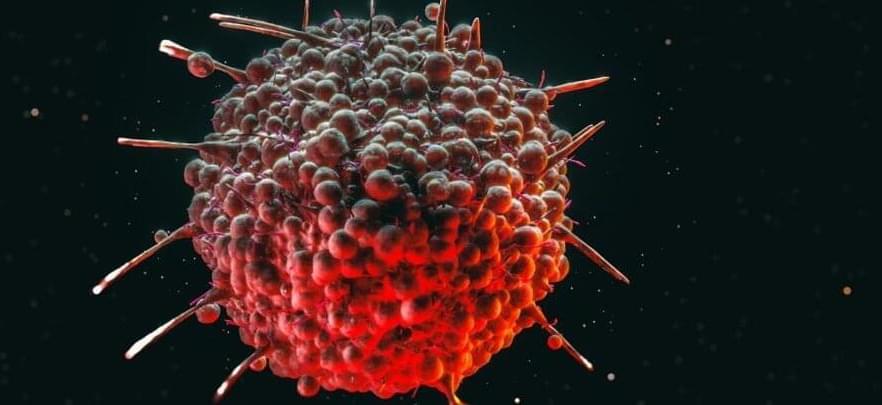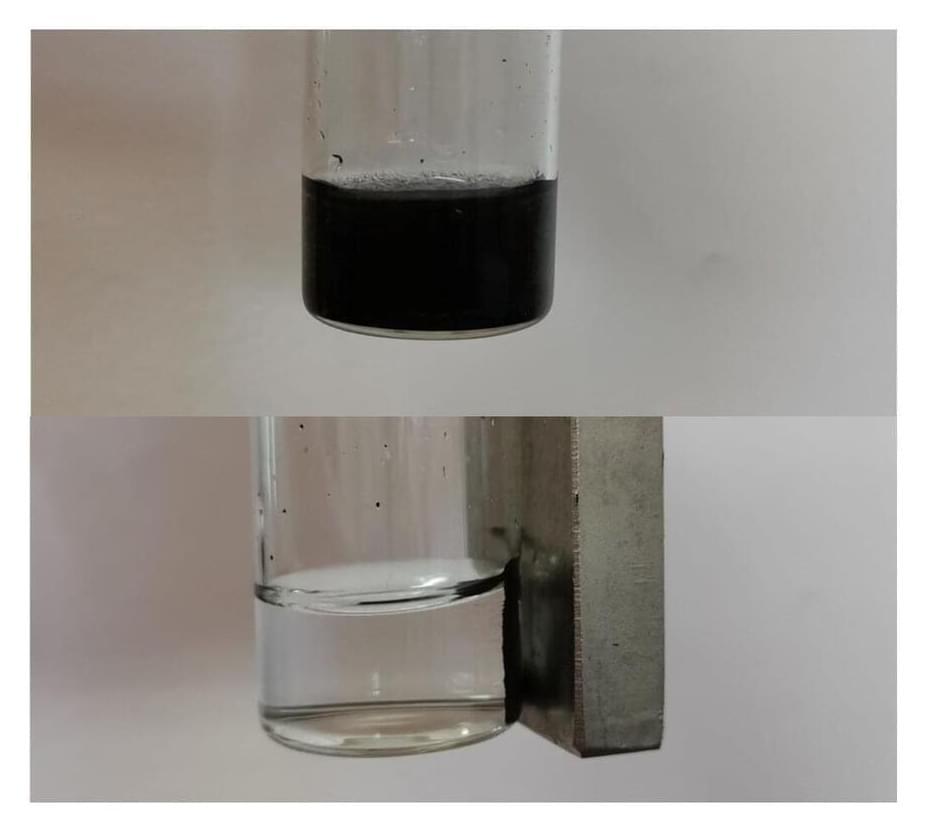Jones Food Company Ltd wants permission to change the use of the former JD Norman Foundry in Lydney to provide an indoor hydroponic farming facility gloucestershirelive.



A good article on how to understand peer review and its importance in the advancement of science.
Peer review is the lifeblood of good science. But understanding the process can take time, and gaining review experience can be daunting. Marc Gillett explains the key elements of this critical component of science.
Early career research.
Research management.
Funding and publishing.

An experimental new type of cancer treatment has yielded some impressive results in mice: the eradication of advanced-stage ovarian and colorectal cancer in the animals as little as six days.
The new therapy has only been tested in mice so far, so let’s not get too excited just yet. However, the early signs are promising, and human clinical trials could be underway by the end of the year.
The treatment involves tiny ‘drug factory’ beads that are implanted into the body and deliver a continuous, high dose of interleukin-2 (IL2) – a natural compound that enlists white blood cells in the fight against cancer.

Mozilla has pushed out-of-band software updates to its Firefox web browser to contain two high-impact security vulnerabilities, both of which it says are being actively exploited in the wild.
Tracked as CVE-2022–26485 and CVE-2022–26486, the zero-day flaws have been described as use-after-free issues impacting the Extensible Stylesheet Language Transformations (XSLT) parameter processing and the WebGPU inter-process communication (IPC) Framework.

Details have emerged about a now-patched high-severity vulnerability in the Linux kernel that could potentially be abused to escape a container in order to execute arbitrary commands on the container host.
The shortcoming resides in a Linux kernel feature called control groups, also referred to as cgroups version 1 (v1), which allows processes to be organized into hierarchical groups, thereby making it possible to limit and monitor the usage of resources such as CPU, memory, disk I/O, and network.
Tracked as CVE-2022–0492 (CVSS score: 7.0), the issue concerns a case of privilege escalation in the cgroups v1 release_agent functionality, a script that’s executed following the termination of any process in the cgroup.

Membrane filters don’t require much energy to purify water, making them popular for wastewater treatment. To keep these materials in tip-top condition, they’re commonly cleaned with large amounts of strong chemicals, but some of these agents destroy the membranes in the process. Now, researchers reporting in ACS Applied Materials & Interfaces have developed reusable nanoparticle catalysts that incorporate glucose to help efficiently break down contaminants inside these filters without damaging them.
Typically, dirty wastewater filters are unclogged with strong acids, bases or oxidants. Chlorine-containing oxidants such as bleach can break down the most stubborn organic debris. But they also damage polyamide membranes, which are in most commercial nanofiltration systems, and they produce toxic byproducts. A milder alternative to bleach is hydrogen peroxide, but it decomposes contaminants slowly.
Previously, scientists have combined hydrogen peroxide with iron oxide to form hydroxyl radicals that improve hydrogen peroxide’s efficiency in a process known as the Fenton reaction. Yet in order for the Fenton reaction to clean filters, extra hydrogen peroxide and acid are needed, increasing financial and environmental costs. One way to avoid these additional chemicals is to use the enzyme glucose oxidase, which simultaneously forms hydrogen peroxide and gluconic acid from glucose and oxygen. So, Jianquan Luo and colleagues wanted to combine glucose oxidase and iron oxide nanoparticles into a system that catalyzes the Fenton-based breakdown of contaminants, creating an efficient and delicate cleaning system for membrane filters.

Tags: tree spade, tree transplanting, tree spade machine, tree transplantation techniques, tree transplanting in India, tree transplanting machine, tree transplanting tools, tree transplanter, tree transplanter machine, tree relocation India, tree relocation machine, tree relocation in japan, tree relocation, tree spade truck, tree planting machine, tree planting machinery, tree planter machine, planting machinery, plant transplanting techniques, plant transplanter tool.
#TeaSpade #TreeTransplantingMachine #TreeRelocationMachine #machine #Agriculture #Farming #DiscoveryAgriculture

Digital Trends Media Group may earn a commission when you buy through links on our sites.
©2022 Digital Trends Media Group, a Designtechnica Company. All rights reserved.
